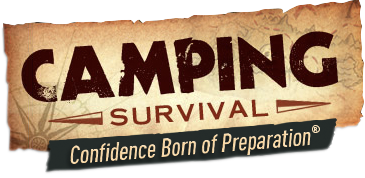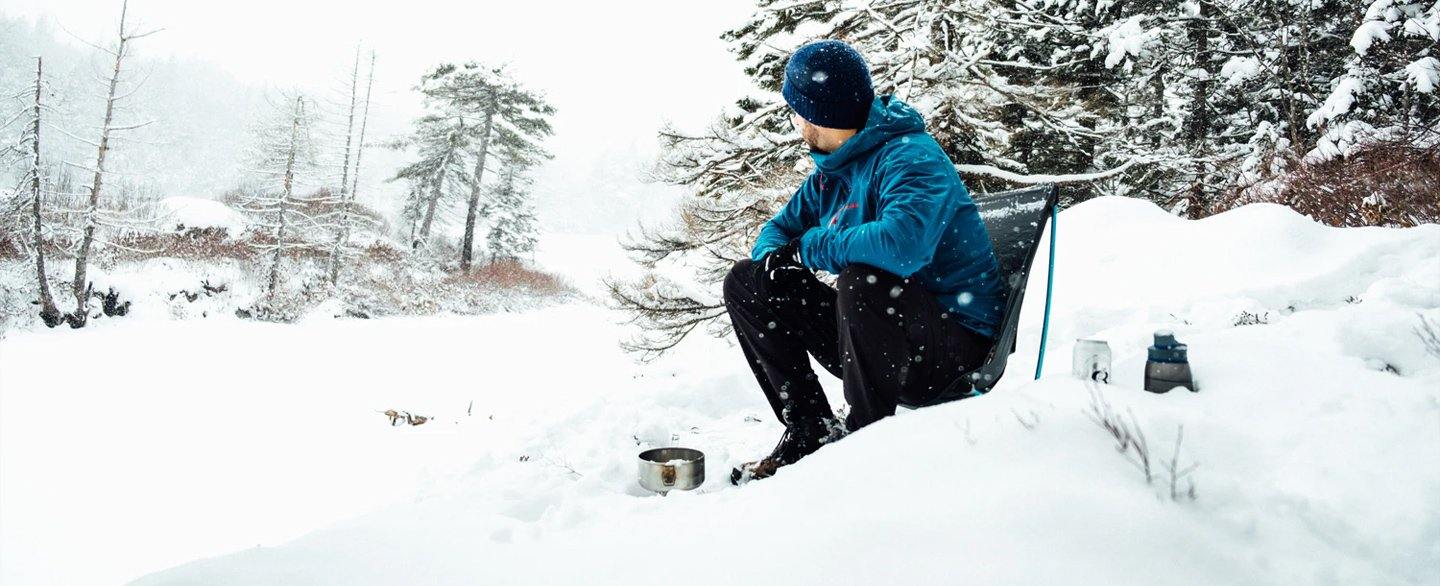True survival requires five basic things to be fulfilled: oxygen, water, food, shelter, and self-defense. When you can fulfill these five needs, you have everything you require to survive.
Although there are only five things that are required for you to survive, there are ten steps that need to be taken for you to achieve these five things.
All ten of these things must be fulfilled in every single emergency, no matter what the emergency is. In some cases, you may be able to secure certain aspects of your survival through urban means, while in others, you may need to be solely responsible for procuring the supplies and building your own means of survival. You should be prepared to do whatever it takes, in any situation, to ensure you and your family’s safety.
Step 1:
The first step when it comes to survival is to get yourself in the mindset of surviving. When you first find yourself in a situation where you are solely responsible for your survival, it can come as a shock, and it can leave you feeling terrified, and even feeling like a victim of your circumstances. This is when the fight, flight or freeze comes into play, but by training ahead of time you can get certain things into muscle memory to help you past this stage.
If you stay in this mentality, however, you are going to struggle to take charge and take the necessary action because you will be overridden by fear. As soon as you find yourself in a situation where you need to be responsible for your survival, you need to focus on staying as positive as you possibly can so that you can secure your means of survival. Positivity is going to boost your resiliency, your creativity, and your overall mental toughness so that it is easier for you to endure anything that comes your way.
Step 2:
The second step is to render first aid if there is any injury that would hamper you further, which could be something as small as a sliver or something as large as a gunshot wound.

As you are leaving an urban environment, bring along as many first aid items as you possibly can. Ideally, you should have a fully equipped medical kit ready to go in case you ever find yourself in a survival setting, that way you can grab it and take it with you as a part of your supplies.
Step 3:
The third step is to consider how you are going to defend yourself should anything go wrong. Knives and axes are incredibly helpful when it comes to self-defense. Of course, a gun and ammo are a great tool for self-defense and hunting but consider quieter means to accomplish the same task if you need to operate in stealth mode. The sound of a gunshot, even a suppressed shot, can carry a long way in a quiet setting. Be sure to use safety and transport of any sort of weaponry safely to avoid accidental injury or death.
Step 4:
The fourth step is to make sure you have a way to communicate with every single person in your group. This could mean cell phones, walkie-talkies and you should always include a whistle because if you can breathe you can blow a whistle. While whistles won’t be much good in an urban environment, they can be quite useful in a quieter environment to signal for help without wearing out your voice. This way, should you find yourself in danger or injured in the bush, you can signal to each other and receive prompt help. Of course, if you are being pursued, they will also let your pursuers know where you are so use discretion.
Step 5:
The fifth step is to secure shelter. This could be an existing unoccupied building, or it could mean constructing one from a tarp, natural buildings materials or a combination of the latter. Building a shelter should provide a dry space that is protected from the elements, but it need not be elaborate as that would be a waste of energy. if you are dealing with hypothermia, then getting shelter out of the elements moves into the arena of first aid and be part of the 2nd step. If you are traveling with a group that does not necessarily mean shelter for the entire group, just what is needed for first aid, and then proceed with the steps in order. If temperatures are cold, then obviously some source of heat is desirable when possible. Just remember that building a fire can give away your location by light and smell if you are being pursued, especially at night.

Step 6:
The sixth step is to get water. You do not want to start a fire and then leave camp, and water will be needed rather quickly. If you were unable to bring any with you, you are going to want to find a safe water source like a stream, a river, or a waterfall to get water from. You are going to need to sterilize the water before drinking it, so unless you have a bottle that purifies and filters water on the spot, wait until you are back at camp to safely do so.
Step 7:
The seventh step is to build a fire. Once you are safely back at camp with your water, you can build yourself a fire so that you have warmth. Fire will also help you maintain light in the evening, boil water, cook food, and dry out your clothes if need be. You should always have fire-starting materials on your person so that if you ever get stuck away from the camp you have made; you can make yourself a fire.
You should also have a fire going as often as possible at camp, ideally with someone there to tend to it to keep it from going out. It is easier to find wood to maintain a burning fire than it is to find more combustion tools to start a new one, so you want to preserve your fires for as long as possible to minimize your usage of combustion tools.
The only time you would build a fire earlier in the steps is if it were needed for first aid. For example, if one of your party fell into icy water, you need to get them warm and dry as soon as possible. So, if you are with a group assign a person(s) to the shelter building and another to the fire building to provide needed warmth and protection from the elements as quickly as possible.
Step 8:
Food is your eighth step. If you were not able to bring your go bag with you, you will need to work on finding food within 24-48 hours, especially since you will be stressed out, and your body needs food to help it remain resilient against everything you are up against. While you may be able to survive 3 weeks without food, the longer you go without it, the harder it will be to have enough energy to source any food.

If you did bring your go bag then you should be ok for a few days if you included some freeze-dried food and/or emergency rations. Of course, if you are traveling with a group, it is possible not everyone with you will be as prepared, so those rations won’t last long.
Food will be an all-consuming task since you are going to need to eat multiple times per day, so you should be ready to set up multiple means for securing food sources. Fishing, trapping, and foraging are all great places to start as they can provide you with easy access to nutritional food sources.
When you are preparing your food, make sure you wash and cook it thoroughly to avoid accidentally ingesting any bacteria that may cause you to get sick, as curing sickness in the wilderness can be rather challenging, and it can pose a major threat to your survival.
Step 9:
The ninth step is to keep yourself motivated. Especially if you are not used to having to be so hands-on with your survival, it can be easy to want to give up and throw in the towel. The amount of stress you face from a massive change in circumstances and the requirements of surviving can be exhausting and can prove to be a major burden. The longer you go on, the more you may wish to give up. This can worsen in the earliest hours of the morning, around 2 A.M., when your brain chemistry dips and pain levels become worse, and thoughts become darker and more challenging to face. If you can get yourself through the nights, getting through the days will be easier, and surviving will become more achievable.
Step 10:
The tenth step is to rescue yourself. In an ideal scenario, you would be able to use smoke signals to indicate where you are at so that a chopper can locate you, and you can be rescued. And, in some emergencies, that may still be required of you, so you will want to maintain a large enough fire that you can be located. If, however, you know that you are unlikely to be rescued, you are going to have to rescue yourself.
This means that you are either going to need to find your way into a civilization where you can stay, or you are going to need to create your own civilization where you can stay indefinitely until things change. It may seem like an impossible thing to do, but where there is a will there is a way, and if you can stay on track with securing your survival, you will find a way.


6 comments
HI thx for the info it helps a lot. Iam a hiker,camper and survivalist. I never stray too far but your info is a huge help and reminder to me to always be prepared and Iam most of the time but sometimes the ice cream hits the fan. Thx John